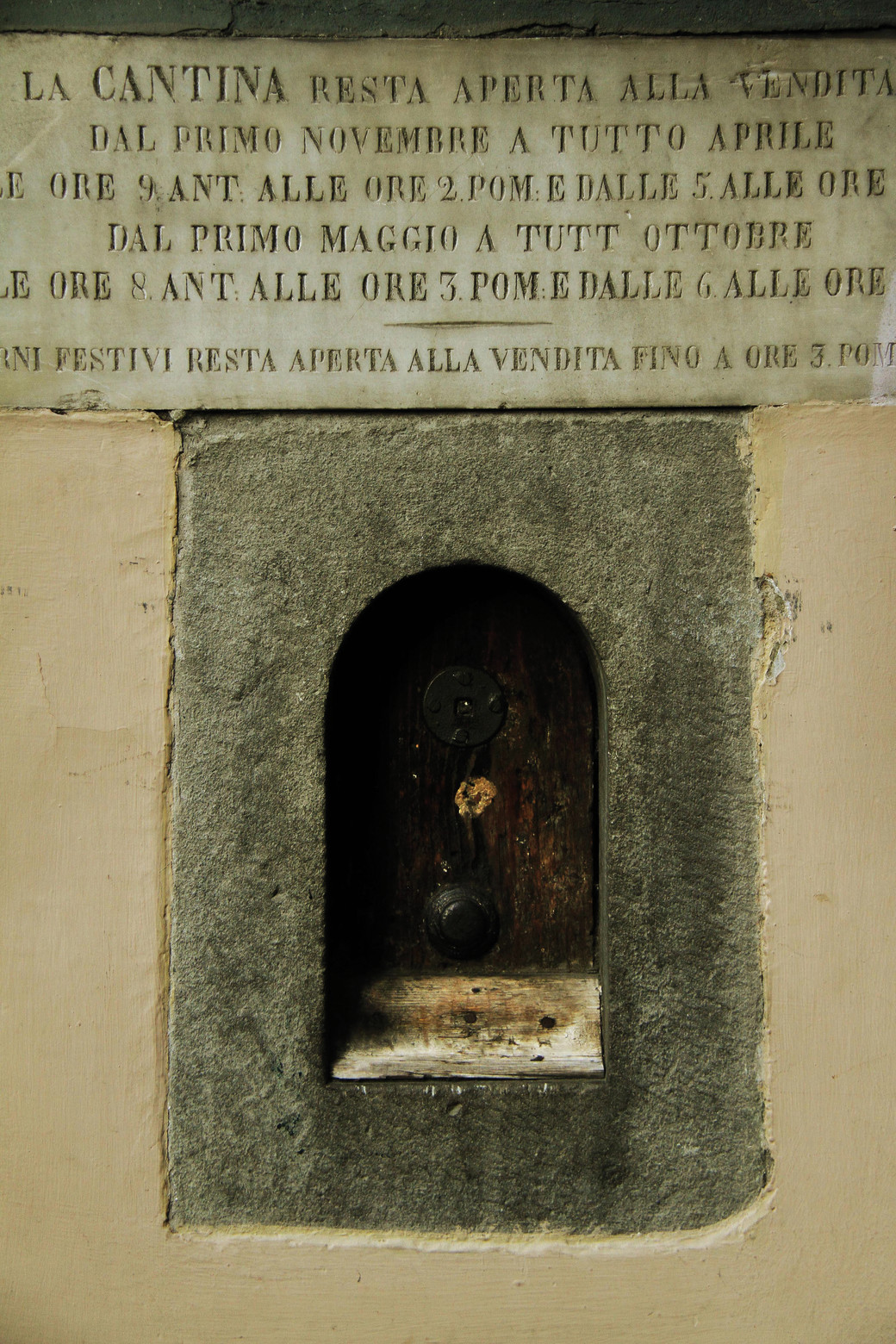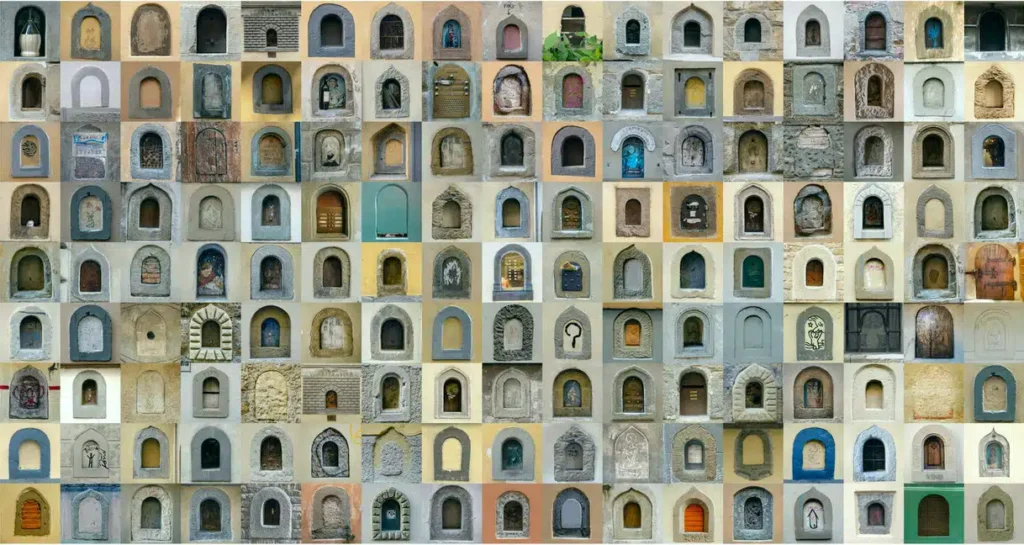Florence’s wine windows are a fascinating chapter in Tuscan history, telling of ancient traditions and a deeply rooted wine culture. These small doors, set into the walls of historic Florentine palaces, are not only an architectural curiosity, but also a living testimony to daily life during the Renaissance and Baroque eras.
What Are Wine Windows?
Buchette del vino, or ‘wine windows’, are small arched openings, usually about 30 cm wide and 40 cm high, found at street level on the walls of noble residences in Florence. These ‘buchette’ allowed citizens to purchase wine directly from local producers without having to enter taverns or shops. The wine windows were equipped with a small wooden window which, when opened, revealed a small compartment through which the wine was passed to the customer.

The Origin of Wine Windows
The origins of the Buchette del Vino date back to the 16th century, during the period of the Grand Duchy of Tuscany. It was in this context that the great wine producers, especially the Florentine noble families, began to sell wine directly from their estates. This system allowed them to avoid the taxes imposed on merchants and directly control the market.
The Medici family, who ruled Florence at the time, encouraged this practice as part of a broader economic policy aimed at favouring local trade. Wine Windows quickly spread throughout the city and, over the centuries, became a distinctive element of Florentine architecture.
The Role of Buchette del Vino in Florentine Society
Buchette del vino represented a convenient and safe way for citizens to purchase wine. During epidemics, such as the plague, the windows allowed a safe exchange, reducing direct contact between sellers and buyers. Moreover, the possibility of selling directly from one’s own home gave the nobility greater control over the quality and distribution of wine.
These small counters also had a social role: wine, an essential drink in the daily diet, became accessible to everyone, from the noble to the commoner. The windows were often open at set times and offered wine in bulk, sold by the glass or flask, helping to create a wine culture deeply rooted in Florentine society.

The Resurrection of the Wine Windows
After a long period of oblivion, the wine windows have been rediscovered in recent decades. Today, they represent one of Florence’s most unique attractions, a symbol of a past that lives again in the city’s streets. Some of the windows have been restored and returned to their former glory, becoming a must for tourists who want to immerse themselves in Florentine history.
In recent years, thanks to the growing interest in historical and cultural heritage, several wine window have returned to use, used by wine shops and clubs to offer wine tastings and sales in the traditional style. This return to the origins not only enhances the historical heritage of the city, but also helps to promote tourism and Tuscan wine culture.
Conclusion
Florence’s wine windows are more than just openings in the walls: they are open windows on Florentine history and culture. They tell of a time when wine was at the centre of everyday life and are a tangible example of how traditions can evolve and adapt to the present. To visit Florence without discovering these wonders would be to miss an essential part of the city’s soul.
Whether you are a history buff or a wine lover, the wine windows will offer you a unique journey into the heart of Renaissance Florence, where every glass tells a story.